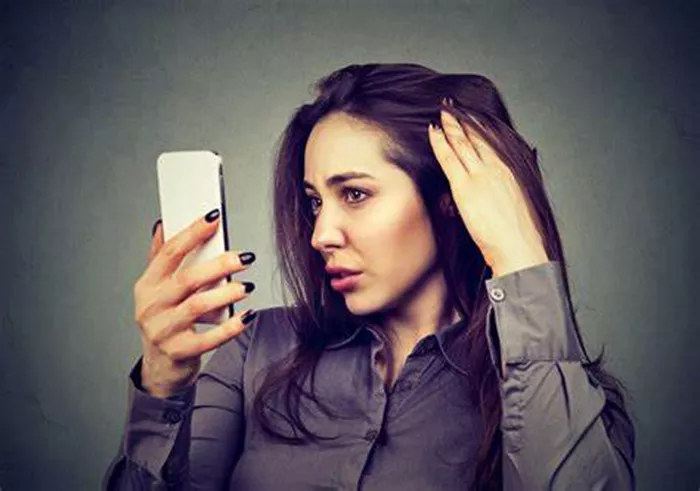Hair loss is a common concern that affects millions of people worldwide. Whether it’s due to genetics, stress, poor nutrition, or other underlying health conditions, losing hair can be distressing and impact self-confidence. I, too, faced this struggle, watching my hair thin day by day. But through research, trial and error, and persistence, I managed to reverse my hair loss and restore my hair’s health. Here’s my story and the steps I took to achieve lasting results.
Understanding the Root Cause of My Hair Loss
Before I could effectively combat my hair loss, I needed to understand why it was happening in the first place. Hair loss can stem from various factors, and identifying the primary cause is crucial for choosing the right treatment.
For me, the shedding seemed excessive—more than the usual 50 to 100 hairs a day. I noticed clumps in the shower drain and on my pillow. After consulting a dermatologist, I learned that my hair loss was likely due to a combination of factors:
- Androgenetic Alopecia (Genetic Hair Loss): My father had thinning hair, so genetics played a role.
- Stress and Lifestyle: A high-pressure job and poor sleep habits were contributing to telogen effluvium, a condition where stress pushes hair follicles into a resting phase.
- Nutritional Deficiencies: Blood tests revealed I was low in iron, vitamin D, and B vitamins, all essential for healthy hair growth.
- Hair Care Habits: Excessive heat styling, tight hairstyles, and harsh shampoos were weakening my strands.
Understanding these causes helped me tailor a targeted approach to stop my hair loss and encourage regrowth.
Revamping My Diet for Stronger Hair
One of the most significant changes I made was adjusting my diet. Hair follicles require a steady supply of nutrients to grow and remain healthy. Here’s what I incorporated into my meals:
Protein-Rich Foods
Hair is primarily made of keratin, a type of protein. I increased my intake of lean meats, eggs, beans, and Greek yogurt to ensure my body had enough building blocks for hair growth.
Iron and Zinc
Iron deficiency is a common cause of hair loss, especially in women. I added spinach, lentils, red meat, and pumpkin seeds to my diet. Zinc, found in oysters, nuts, and whole grains, also played a role in repairing hair tissue.
Omega-3 Fatty Acids
Healthy fats from salmon, chia seeds, and walnuts helped nourish my scalp and reduce inflammation, which can contribute to hair thinning.
Vitamins A, C, D, and E
- Vitamin A (sweet potatoes, carrots) supports sebum production, keeping the scalp moisturized.
- Vitamin C (citrus fruits, bell peppers) aids collagen production, essential for hair structure.
- Vitamin D (sunlight, fortified foods) is linked to follicle health—I also took a supplement.
- Vitamin E (almonds, avocados) improves blood circulation to the scalp.
Within a few months of dietary changes, I noticed less shedding and stronger hair strands.
Adopting a Hair-Friendly Lifestyle
Nutrition alone wasn’t enough—I had to address other lifestyle factors contributing to my hair loss.
Stress Management
Chronic stress elevates cortisol levels, which can disrupt the hair growth cycle. I incorporated daily meditation, yoga, and deep-breathing exercises. Getting 7-8 hours of quality sleep also made a noticeable difference.
Scalp Care and Gentle Hair Practices
- Switched to a Sulfate-Free Shampoo: Harsh detergents strip natural oils, so I opted for gentler formulas.
- Reduced Heat Styling: I air-dried my hair more often and used heat protectants when necessary.
- Avoided Tight Hairstyles: Ponytails and braids that pull on roots can cause traction alopecia, so I wore my hair loose more often.
- Scalp Massages: Using rosemary oil (known for stimulating hair growth), I massaged my scalp for 5-10 minutes daily to boost circulation.
Incorporating Effective Hair Growth Treatments
While lifestyle changes helped, I also explored treatments to accelerate regrowth.
Minoxidil (Rogaine)
This FDA-approved topical treatment works by prolonging the hair growth phase. I applied a 5% solution twice daily and saw significant improvement after six months.
Natural Remedies
- Rosemary Oil: Studies suggest it can be as effective as minoxidil. I mixed it with a carrier oil and applied it weekly.
- Aloe Vera: Its soothing properties reduced scalp irritation and promoted a healthier environment for hair growth.
Supplements
In addition to vitamin D, I took biotin, collagen peptides, and a multivitamin formulated for hair health. While supplements alone won’t cure hair loss, they support overall follicle function.
Patience and Consistency: The Key to Success
Hair growth is a slow process, and results don’t happen overnight. It took me nearly a year to see full regrowth, but the gradual improvements kept me motivated. Tracking progress with monthly photos helped me stay consistent.
Conclusion
Today, my hair is thicker, healthier, and more resilient than it was at the peak of my hair loss. The journey wasn’t easy, but by addressing the root causes, nourishing my body, and sticking to a disciplined routine, I reversed the damage.
If you’re struggling with hair loss, remember that solutions exist. Start by identifying your triggers, consult a specialist if needed, and commit to a holistic approach. Your hair can recover—mine did.
Related Topics:
- What Are the Signs of Hair Fall?
- Understanding Hair Loss: Causes and Contributing Factors
- Understanding Hairline Recession: Causes and Contributing Factors


